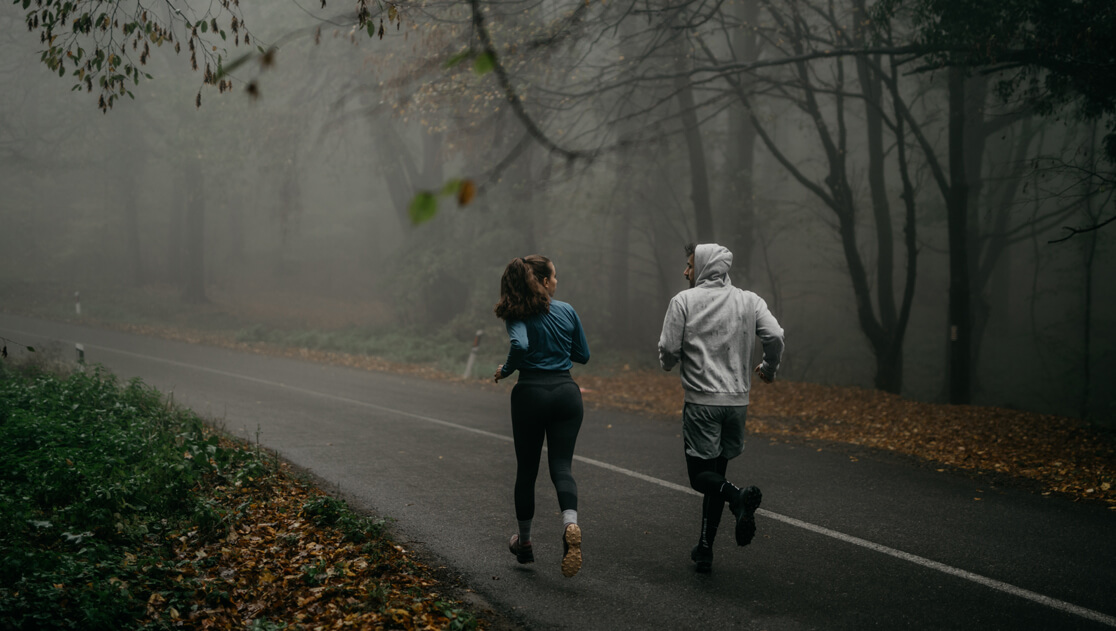
Road safety and active mobility greatly depend on the visibility of surface markings, especially at night and under adverse weather conditions. Traditional road markings often lose effectiveness in darkness, fog, or heavy rain. Photoluminescent paints present a breakthrough solution that enhances road user orientation in all conditions, significantly improving safety and response time.
How photoluminescent paints work in low visibility?
Photoluminescent paints absorb daylight or artificial light and gradually release it as a visible glow. Unlike standard markings that rely on headlight reflection or street lighting, these coatings emit their own light, maintaining independent visibility.
- Visibility in complete darkness – markings remain legible even without external light sources.
- Increased contrast and luminance – glowing lines and symbols are more distinguishable against the road surface.
- Faster driver and cyclist response – earlier detection of markings allows for safer maneuvering and decision-making.
Performance in challenging weather conditions
Fog
Fog significantly limits visibility by scattering artificial light from headlights or streetlamps. Photoluminescent paints offer key advantages:
- Self-emissive lighting – not reliant on external illumination, unlike reflective paints that lose visibility in fog.
- Enhanced route awareness – cyclists and drivers can better perceive the contours of roads and bike paths.
- Reduced disorientation – clear guidance markings help prevent unintentional lane departures or wrong turns.
Rain and wet surfaces
During rainfall, standard horizontal markings become harder to see due to:
- Water droplets creating reflective distortion, scattering light away from the user’s line of sight.
- Loss of retro reflectivity – reflective paints underperform when submerged or covered with a water film.
Photoluminescent paints:
- Do not rely on light reflection – they emit visible light, ensuring readability even on wet surfaces.
- Maintain visibility through water – improving road legibility during precipitation.
- Support pedestrian and cyclist safety – by making crossings and lane markings easier to follow and less prone to missteps.
Snow and ice
In winter conditions, road markings are often covered by snow or obscured by ice. Luminescent paints provide added safety:
- Remain visible under light snow layers – their glow can penetrate thin coverings, offering directional cues.
- Highlight road edges and cycling paths – essential in unlit, rural, or suburban zones.
- Help pedestrians and cyclists avoid obstacles and stay on designated paths.
Rural roads and unlit areas
On non-urban routes, especially in forested or undeveloped regions without streetlights, photoluminescent paints offer unmatched value:
- Provide visibility without electricity – eliminating the need for costly lighting infrastructure.
- Enhance safety for vulnerable road users – such as cyclists and pedestrians sharing road space with vehicles.
- Reduce wildlife collision risk – better orientation allows drivers to react earlier to unexpected obstacles.
Practical applications for enhanced road visibility
- Bike paths – glow-in-the-dark lane markings improve navigation and reduce crash risk at night.
- Pedestrian crossings – increase visibility in poorly lit areas, supporting vulnerable road user safety.
- Road edges and curves – help users anticipate turns and maintain lane discipline.
- Emergency and evacuation markings – ensure safe navigation during power outages or crisis scenarios.
